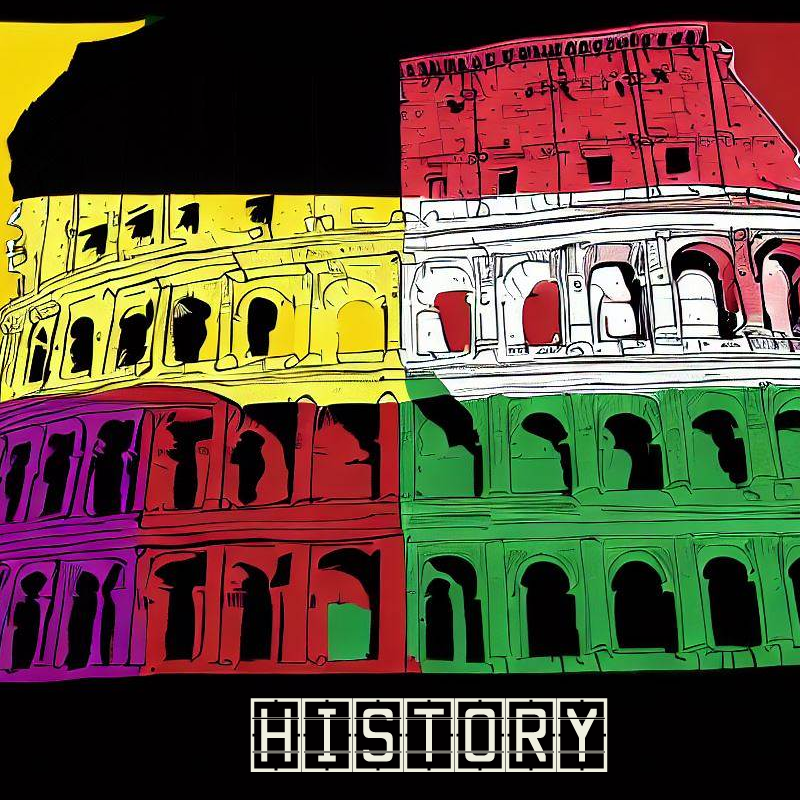
The history of writing is a remarkable journey that spans thousands of years and has played a crucial role in the development and preservation of human civilization. From the earliest forms of communication to the sophisticated writing systems we have today, let’s embark on a fascinating exploration of the history of writing.
Prehistoric Communication
Before the advent of formal writing systems, early humans communicated through various means. Cave paintings, dating back tens of thousands of years, provide glimpses into the prehistoric era, where our ancestors used visual symbols to convey messages and record events. These early forms of communication served as a precursor to the more structured systems of writing that would emerge later.
Cuneiform: The Birth of Writing
Around 3500 BCE, the Sumerians of Mesopotamia developed cuneiform, one of the earliest known writing systems. Cuneiform involved making wedge-shaped marks on clay tablets using a reed stylus. Initially used for accounting and record-keeping purposes, cuneiform eventually evolved to represent a wide range of languages, including Sumerian, Akkadian, and others.
Egyptian Hieroglyphs
In ancient Egypt, around 3200 BCE, a writing system known as hieroglyphs emerged. Hieroglyphs were a complex system of pictorial symbols representing sounds, ideas, and objects. Initially carved onto stone, hieroglyphs later found their way onto papyrus, a paper-like material made from reeds. The decipherment of hieroglyphs by Jean-François Champollion in the early 19th century unlocked the secrets of ancient Egyptian civilization.
Phoenician Alphabet
The Phoenicians, a seafaring people from the eastern Mediterranean, developed an alphabet around 1200 BCE. Unlike previous writing systems, which used pictorial symbols, the Phoenician alphabet consisted of individual characters representing specific sounds. This innovative concept laid the foundation for many modern alphabets, including the Greek and Latin scripts.
Greek and Latin Scripts
The ancient Greeks adopted the Phoenician alphabet and modified it to suit their language. The Greek alphabet, with its distinctive characters, became the basis for Western alphabets. The Romans, in turn, borrowed the Greek alphabet and refined it into the Latin script. The Latin script eventually spread across Europe and became the precursor to many modern European writing systems.
Chinese Characters
In China, a unique writing system emerged around 1200 BCE. Chinese characters, also known as Hanzi, are logographic, representing words or concepts rather than individual sounds. The intricate strokes and combinations of these characters allow for a vast number of possible words and expressions. Chinese writing has a rich history and continues to be used today, both in China and by Chinese communities worldwide.
Arabic Script
The Arabic script, developed in the 4th century CE, is widely used across the Islamic world. It is a cursive script written from right to left, and its elegant curves and distinctive dots have contributed to the artistic beauty of Arabic calligraphy. The Arabic script has influenced the writing systems of several other languages, such as Persian and Urdu.
Gutenberg’s Printing Press
One of the most significant milestones in the history of writing was the invention of the printing press by Johannes Gutenberg in the 15th century. The printing press revolutionized the dissemination of knowledge, making books more accessible and affordable. It played a vital role in the spread of literacy and the standardization of written languages.
Digital Revolution and Beyond
In recent decades, writing has undergone another transformative shift with the advent of computers and the internet. Word processors, desktop publishing, and digital communication platforms have revolutionized the way we write, edit, and share information. The internet, in particular, has given rise to new forms of writing, such as blogs, social media posts, and online publications.
Writing: A Tool for Preserving Human Civilization
The history of writing is a testament to humanity’s ingenuity and our innate desire to communicate and preserve knowledge. From the earliest symbols etched on cave walls to the vast array of writing systems we have today, writing has been instrumental in shaping our societies and cultures. As we continue to evolve, new technologies and writing methods will undoubtedly emerge, propelling the story of writing into the future.
Writing has played a crucial role in preserving human civilization. It has allowed us to record our stories, share our knowledge, and connect with one another across vast distances and time. From the rudimentary symbols etched on cave walls to the sophisticated systems of writing we employ today, the evolution of writing has been pivotal in our ability to communicate, record history, and preserve knowledge.
Writing systems like cuneiform, hieroglyphs, and the alphabet have revolutionized the way we communicate, allowing us to express ourselves with more precision and nuance. The printing press and the digital revolution have enabled us to disseminate information on a massive scale, bringing literacy to the masses and connecting people across continents and cultures.
As writing continues to evolve, we can expect new forms of expression to emerge, from virtual reality narratives to AI-generated content. Whatever the future holds, we can be certain that writing will remain a powerful tool for preserving our stories, connecting cultures, and advancing human civilization.





